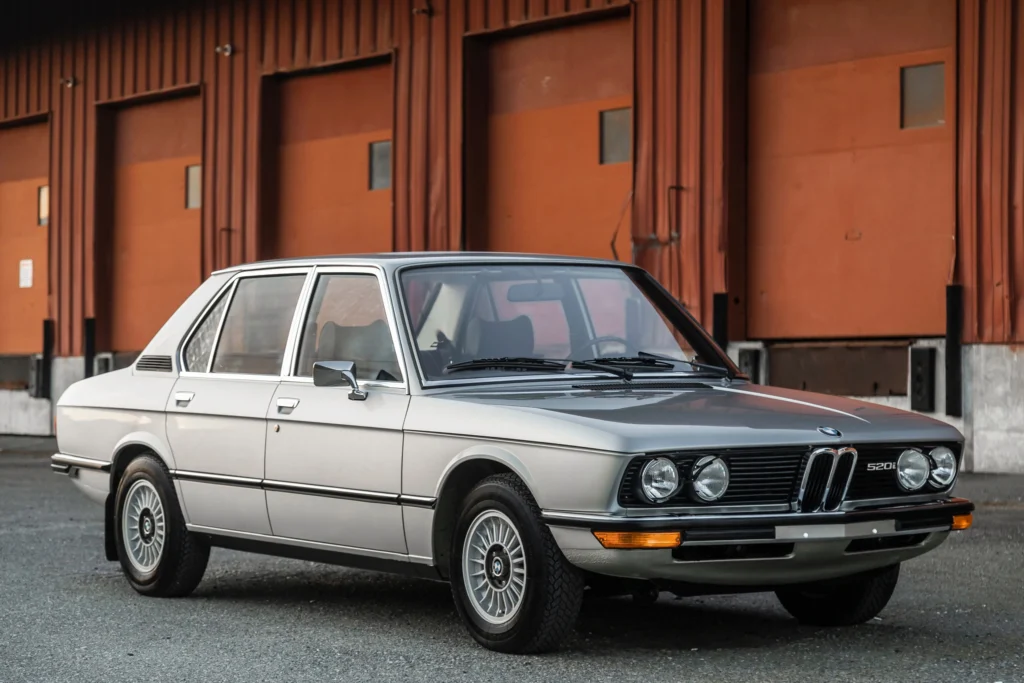
The BMW E12, having been introduced to the world in 1972 as the first generation of the revered 5 Series, carried on in 1973 with the reputation of a luxurious and high-performing sedan. The year 1973 marked the beginning of an evolution in the 5 Series lineup, the effects of which are still evident in today’s BMW models.
Expanded Model Lineup
One of the most significant developments of 1973 was the introduction of the BMW 525 model. Prior to 1973, the E12 lineup consisted of the 520 and 520i models, both of which used a four-cylinder, 2.0-liter engine. The introduction of the 525 represented a step up in terms of power and performance.
The 525 was equipped with a larger, six-cylinder M30 engine with a displacement of 2.5 liters, capable of generating 145 horsepower. This significant upgrade in power demonstrated BMW’s dedication to combining luxury and performance, a commitment that would become a defining characteristic of the brand. The new 525 model brought with it a richer driving experience, underlining the E12’s sporty credentials and setting the stage for future performance-oriented models in the 5 Series.
Design Philosophy
The design elements that had set the E12 apart during its 1972 debut were carried forward into 1973. The car’s design, the work of French automobile designer Paul Bracq, remained as distinctive as ever. The “shark nose” front end, one of the E12’s most recognizable features, continued to be a focal point of the car’s aesthetic.
The aerodynamic body lines of the E12 gave the car a sleek, sporty appearance, distinguishing it from many of its contemporaries. Inside, the driver-oriented dashboard, with all controls angled towards the driver, emphasized the car’s commitment to providing an engaging driving experience. The interior design philosophy enhanced the sporty appeal, reiterating that the E12 was not just a luxury sedan but a driver’s car.
Technology and Innovation
In 1973, the E12 continued to demonstrate BMW’s innovative spirit. The model featured a check control panel, a state-of-the-art system at the time, which used a collection of warning lights to alert drivers to potential maintenance and performance issues. This demonstrated BMW’s increasing attention to detail, using technology to enhance driver convenience and vehicle safety.
Legacy and Influence
The year 1973 marked a crucial stage in the evolution of the BMW 5 Series. With the introduction of the more powerful 525 model, the E12 began to establish a reputation for performance that would become integral to the identity of the 5 Series.
The 1973 BMW E12 reinforced the model’s status as a trendsetter in the executive luxury sedan category. Its blend of comfort, style, performance, and innovation set a high bar for what drivers could expect from an executive sedan. This delicate balance of luxury and sportiness that the E12 cultivated in 1973 is a defining trait of the BMW brand and continues to characterize the 5 Series to this day.
In essence, the 1973 BMW E12 played an instrumental role in shaping the future of BMW, laying a foundation of performance, luxury, and innovative design that subsequent models have continued to build upon. Its impact on the BMW brand and the wider automobile industry is immeasurable, making it a standout model in the annals of automotive history.
